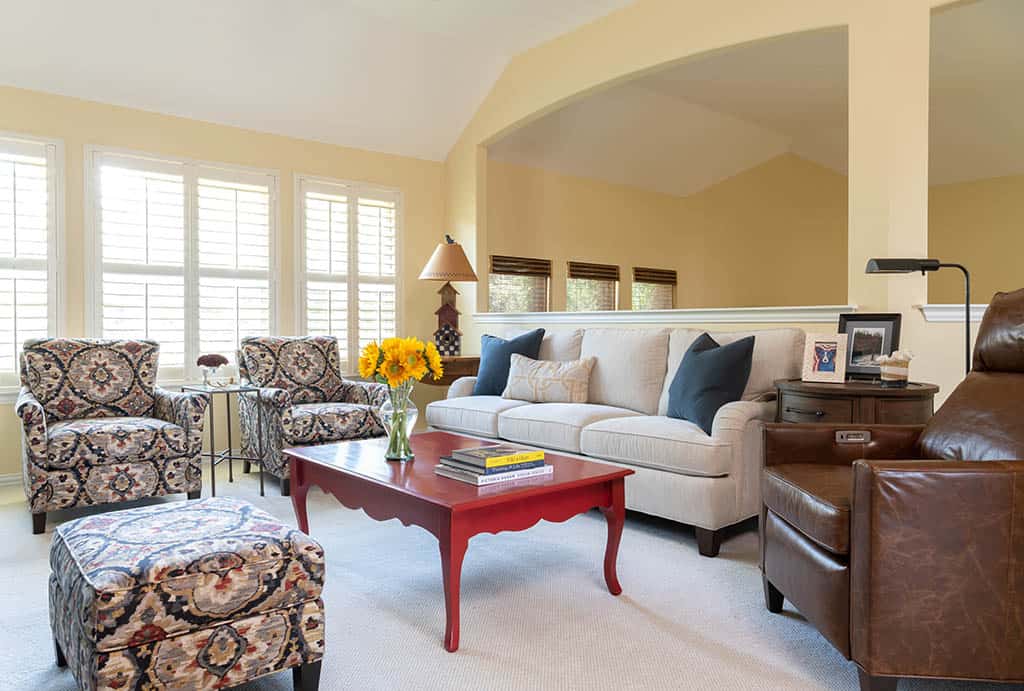
When it comes to designing a commercial space, aesthetics are often the first thing that comes to mind. However, a commercial interior designer does much more than create a visually appealing environment. They also play a crucial role in enhancing employee well-being.
Employee well-being refers to the physical, mental, and emotional health of employees. It is essential for organizations to prioritize employee well-being as it directly impacts productivity, engagement, and overall satisfaction. To get more information about commercial interior designer, you can navigate to this site.
Creating a Functional and Ergonomic Workspace
A commercial interior designer carefully considers the functionality and ergonomics of the workspace. They analyze the workflow and design the layout to optimize efficiency and reduce physical strain on employees. By providing well-planned workstations, ergonomic furniture, and efficient storage solutions, a designer ensures employees can work comfortably and without unnecessary physical stress.
Maximizing Natural Light and Ventilation
Natural light and ventilation have a significant impact on employee well-being. A commercial interior designer prioritizes maximizing the use of natural light by incorporating large windows, skylights, and strategically placing workstations near natural light sources. Studies have shown that exposure to natural light improves mood, boosts energy levels, and enhances productivity.
Creating Spaces for Collaboration and Socialization
Collaboration and socialization are integral parts of a healthy work culture. A commercial interior designer understands the importance of creating spaces that encourage interaction and communication among employees. They design open office areas, communal lounges, and breakout spaces where employees can connect, collaborate, and build relationships.
Incorporating Biophilic Design Elements
Biophilic design revolves around incorporating elements of nature into the built environment. A commercial interior designer often integrates biophilic design elements, such as indoor plants, green walls, and natural materials, into the workspace. Exposure to nature has been proven to reduce stress, increase focus and creativity, and improve overall well-being.
Promoting a Sense of Ownership and Identity
A commercial interior designer understands the importance of creating a space that reflects the company's values, culture, and identity. By incorporating brand elements, such as colors, logos, and artwork, into the design, they establish a sense of ownership and identity among employees.
Considering Acoustics and Privacy
Noise levels and privacy can significantly impact employee well-being. A commercial interior designer carefully considers acoustics when designing a workspace. They use acoustic materials, such as sound-absorbing ceiling panels and wall coverings, to minimize noise distractions.